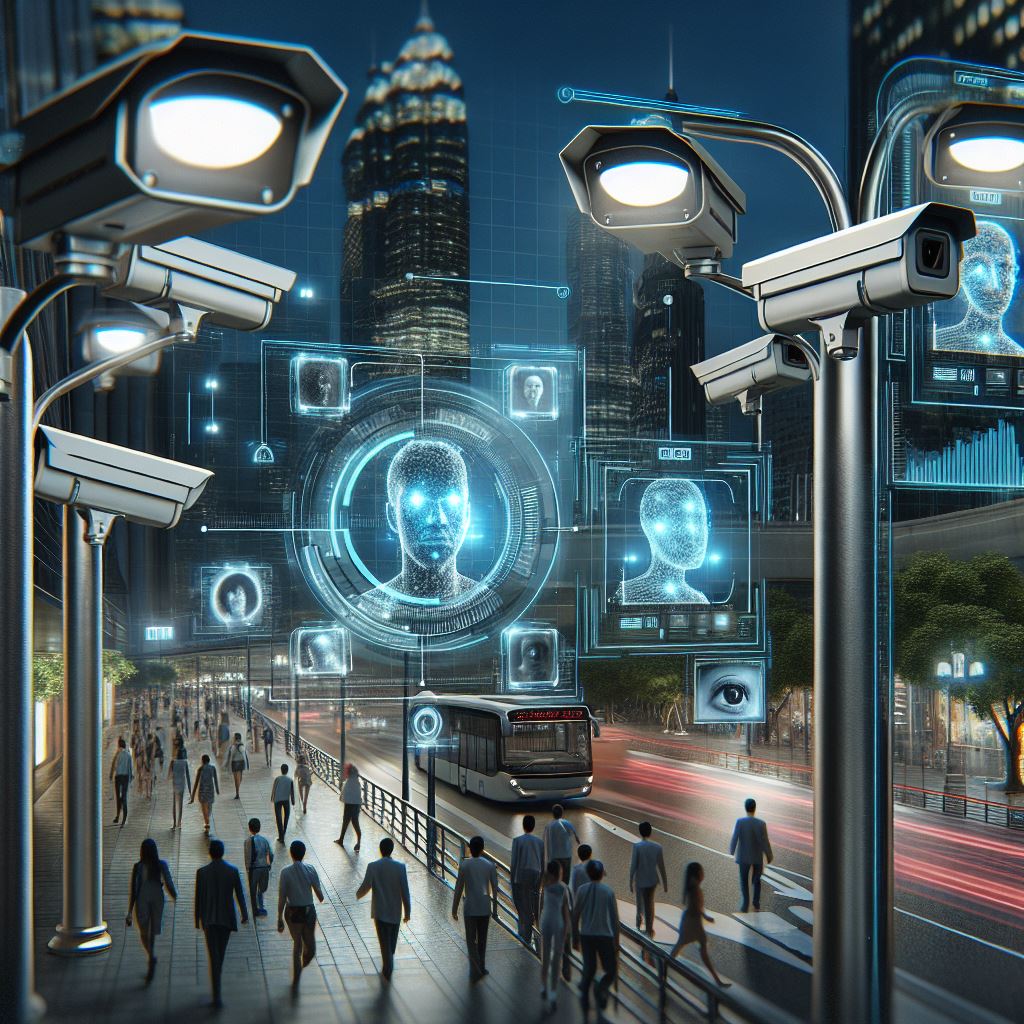Introduction
Closed-circuit television (CCTV) systems have been a cornerstone of security infrastructure for decades. Traditionally, these systems have relied on human operators to monitor video feeds and respond to incidents. However, the advent of artificial intelligence (AI) and other advanced technologies is revolutionizing the capabilities of CCTV systems, transforming them from passive recording devices into proactive security solutions. This article explores the future of CCTV, focusing on the integration of AI and the potential advancements beyond traditional alarm systems.
The Evolution of CCTV Technology
CCTV technology has come a long way since its inception. Early systems were rudimentary, offering grainy black-and-white footage with limited storage capacity. Over the years, advancements in camera technology, digital storage, and network capabilities have significantly enhanced the quality and functionality of CCTV systems. High-definition (HD) and ultra-high-definition (UHD) cameras, cloud storage, and internet connectivity have become standard features, providing clearer images and more efficient data management.
The Role of AI in Modern CCTV Systems
AI is at the forefront of the next wave of CCTV innovation. By integrating AI algorithms with CCTV systems, we can achieve several key improvements:
- Automated Threat Detection: AI-powered CCTV systems can analyze video feeds in real-time to detect unusual or suspicious activities. Machine learning algorithms can be trained to recognize patterns associated with theft, vandalism, or other criminal behaviors, allowing for immediate alerts and responses.
- Facial Recognition: Advanced facial recognition technology enables CCTV systems to identify individuals based on their facial features. This can be used for access control, identifying known offenders, or even finding missing persons. Privacy concerns are a significant consideration, and regulations are evolving to address these issues.
- Behavioral Analysis: AI can analyze the behavior of individuals within a monitored area. For example, loitering, sudden movements, or unauthorized access can trigger alerts. This proactive approach helps prevent incidents before they escalate.
- Object Recognition: AI can identify and track objects within a video feed. This is particularly useful in scenarios such as identifying unattended bags in airports or detecting weapons in public spaces.
Beyond Alarms: The Future Capabilities of CCTV
The integration of AI is just the beginning. Future advancements in CCTV technology promise to extend beyond traditional alarm systems, offering more comprehensive security solutions:
- Predictive Analytics: By analyzing historical data, AI can predict potential security threats and suggest preventive measures. This could involve identifying high-risk areas or times and deploying additional resources accordingly.
- Integration with IoT: The Internet of Things (IoT) allows for seamless integration of CCTV systems with other smart devices. For example, a CCTV system could work in tandem with smart locks, lighting, and alarms to create a fully automated security ecosystem.
- Enhanced Data Security: As CCTV systems become more advanced, ensuring the security of the data they collect is paramount. Future systems will likely incorporate advanced encryption and cybersecurity measures to protect against data breaches and unauthorized access.
- Augmented Reality (AR): AR can provide security personnel with real-time information overlays on their video feeds. This could include details about individuals, objects, or areas of interest, enhancing situational awareness and decision-making.
Enhanced Examples of AI in CCTV
- Crowd Management: AI can analyze crowd density and movement patterns in real-time. For instance, during large events or in public transportation hubs, AI can help manage crowd flow, identify bottlenecks, and prevent stampedes by alerting authorities to potential overcrowding.
- License Plate Recognition (LPR): AI-powered CCTV systems can automatically read and record license plates of vehicles entering and exiting a facility. This is particularly useful for parking management, toll collection, and identifying stolen vehicles.
- Environmental Monitoring: AI can be used to monitor environmental conditions such as air quality, temperature, and humidity. For example, in a warehouse storing sensitive goods, AI can alert managers if conditions deviate from the required standards, preventing damage to the inventory.
- Perimeter Security: AI can enhance perimeter security by detecting and analyzing movements along a boundary. For example, in a high-security facility, AI can differentiate between animals and humans, reducing false alarms and ensuring a quicker response to genuine threats.
Future Capabilities Beyond Traditional Alarms
- Health and Safety Compliance: In industrial settings, AI can monitor compliance with health and safety regulations. For example, it can detect if workers are wearing the required protective gear and alert supervisors if any violations occur.
- Emergency Response Coordination: In the event of an emergency, AI can assist in coordinating the response by providing real-time information to first responders. For example, it can highlight the location of individuals in need of assistance or identify safe evacuation routes.
- Retail Analytics: In retail environments, AI can analyze customer behavior to optimize store layouts and improve customer service. For example, it can track the most frequented areas of a store and suggest product placements to increase sales.
- Smart City Integration: AI-powered CCTV systems can be integrated into smart city infrastructures to enhance urban management. For example, they can monitor traffic flow, detect accidents, and manage public lighting based on real-time data.
Ethical and Privacy Considerations
- Transparent Data Usage: Ensuring that the data collected by CCTV systems is used transparently and ethically is crucial. For example, implementing clear policies on data retention and access can help build public trust.
- Bias Mitigation: AI systems must be designed to minimize biases. For example, ensuring diverse training data can help prevent the AI from disproportionately targeting specific groups.
- Public Awareness Campaigns: Educating the public about how AI-powered CCTV systems work and their benefits can help alleviate privacy concerns. For example, public awareness campaigns can explain how these systems enhance safety while respecting privacy.
Ethical and Privacy Considerations
While the advancements in CCTV technology offer significant benefits, they also raise important ethical and privacy concerns. The use of facial recognition and behavioral analysis, in particular, has sparked debates about surveillance and individual rights. It is crucial for policymakers, technology developers, and society at large to address these issues and establish guidelines that balance security needs with privacy protections.
Conclusion
The future of CCTV is poised to be shaped by AI and other cutting-edge technologies. These advancements will transform CCTV systems from passive observers to active participants in security management, offering enhanced threat detection, predictive analytics, and seamless integration with other smart devices. However, as we embrace these innovations, it is essential to navigate the ethical and privacy challenges they present. By doing so, we can ensure that the future of CCTV not only enhances security but also respects individual rights and freedoms.





